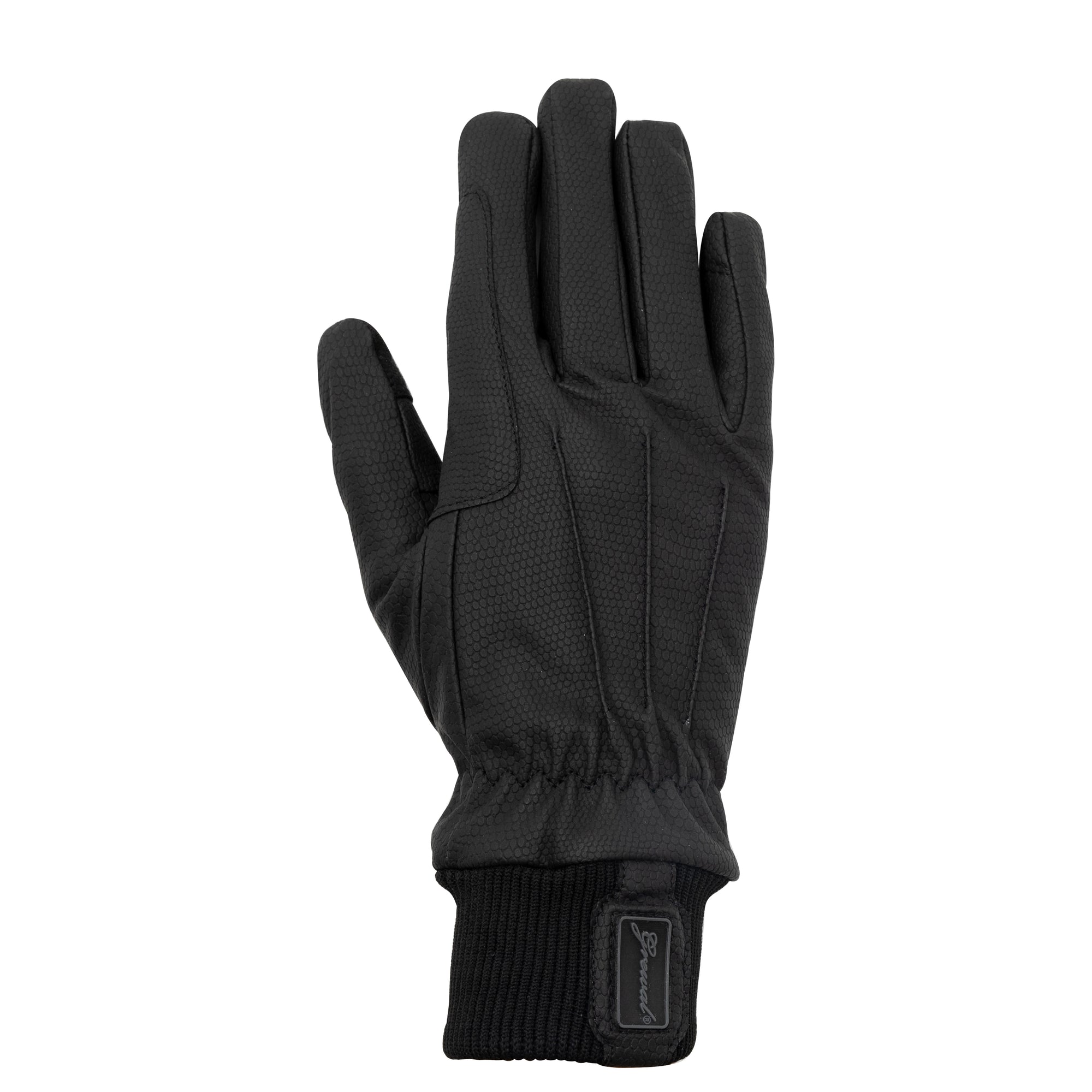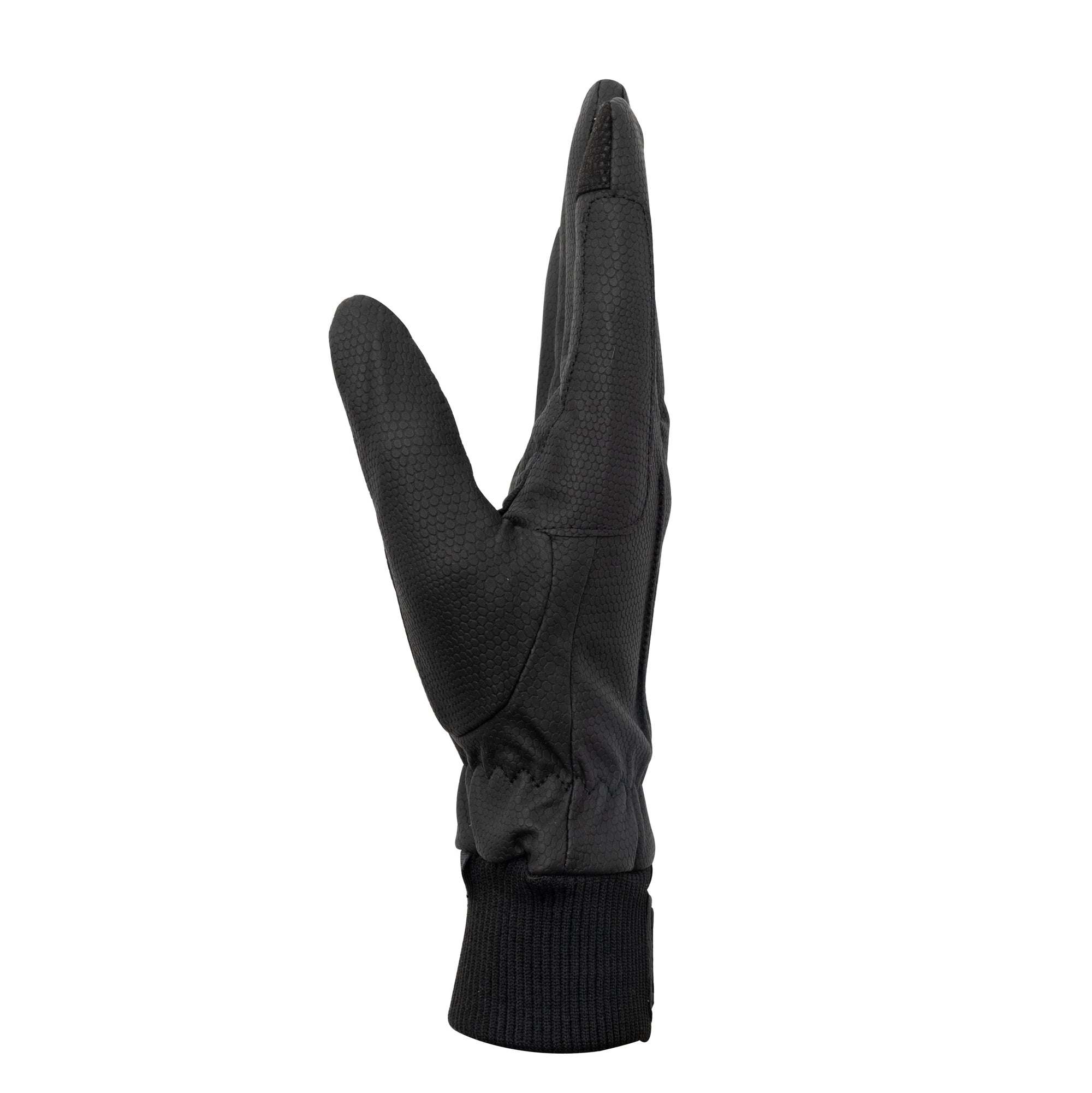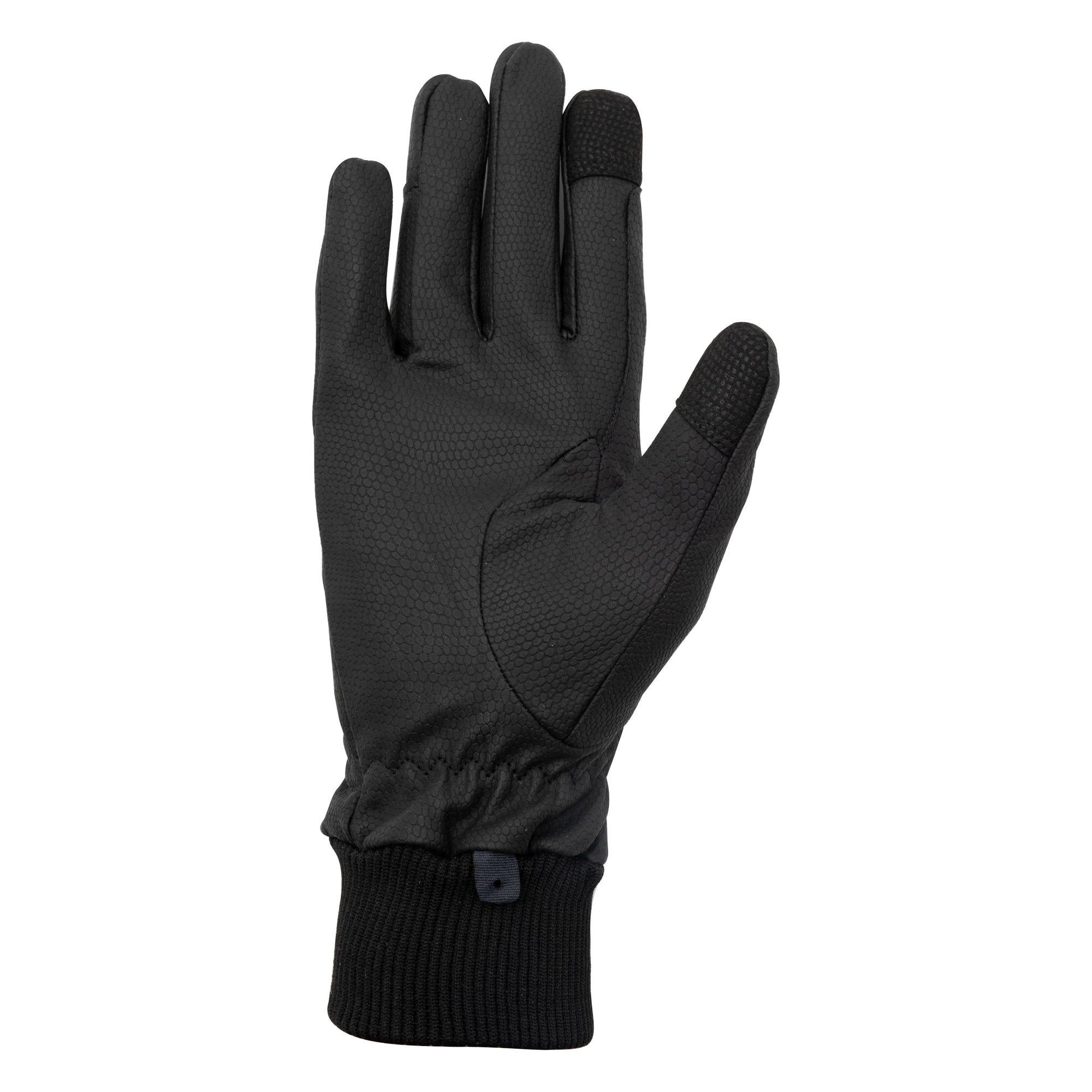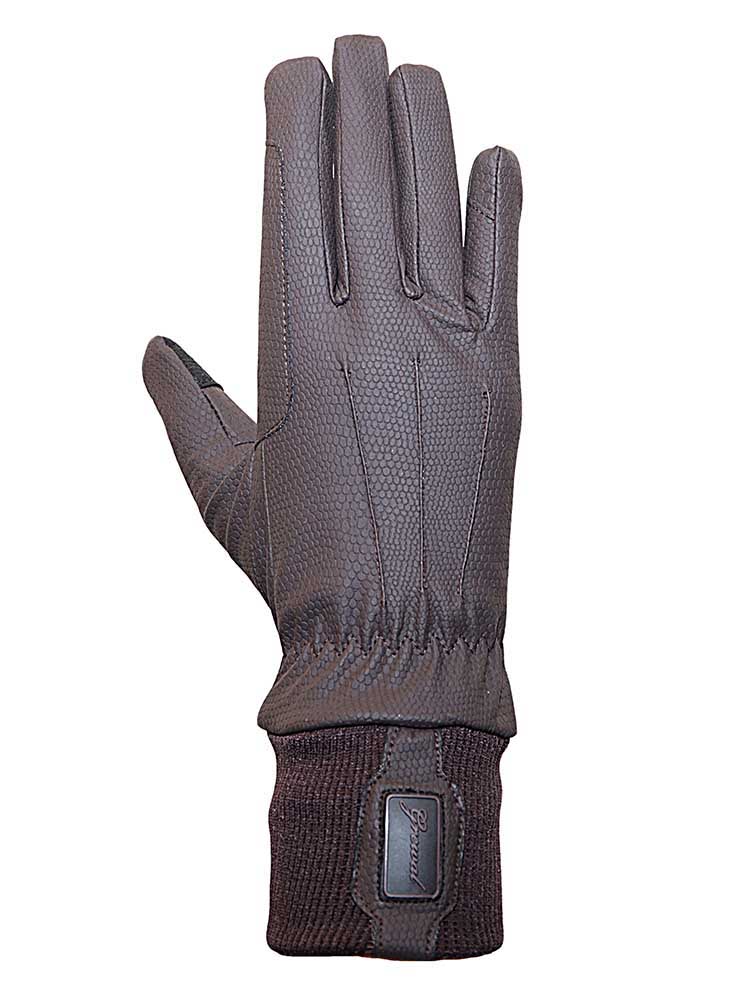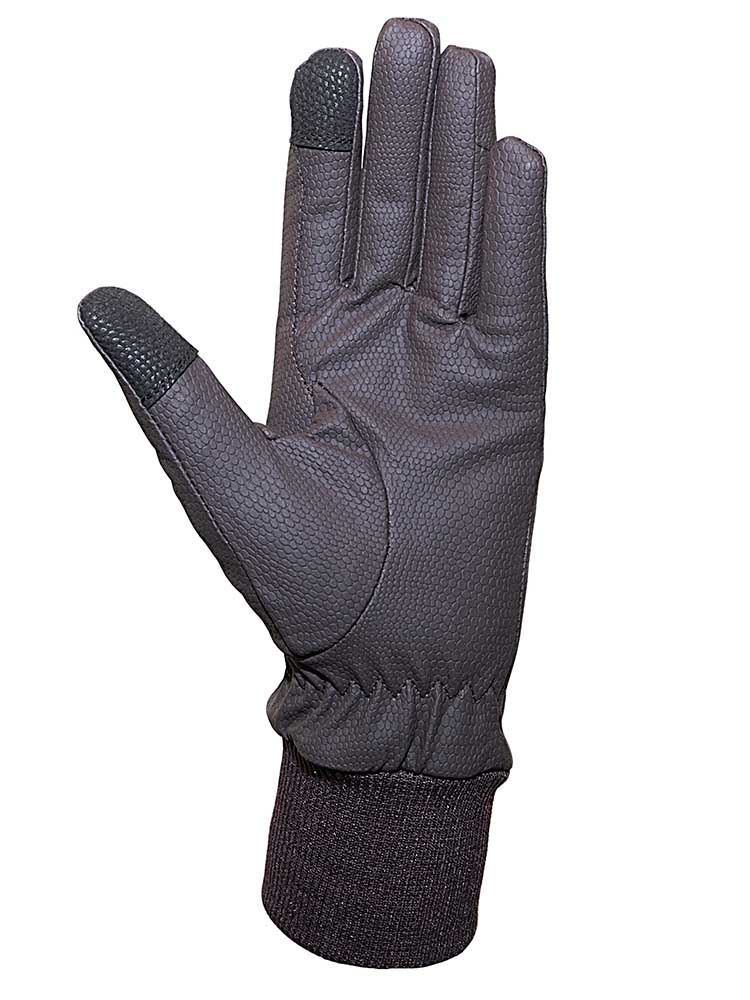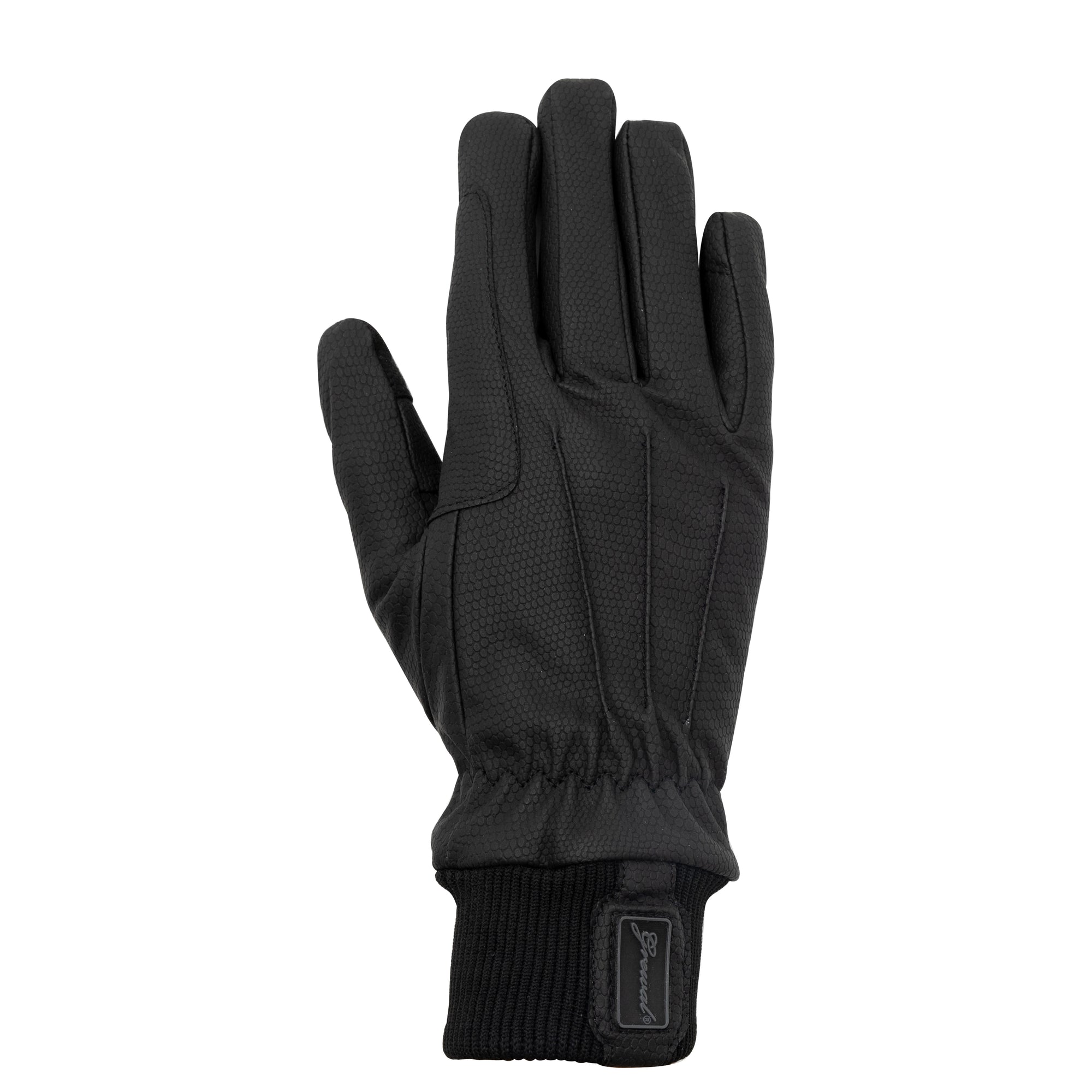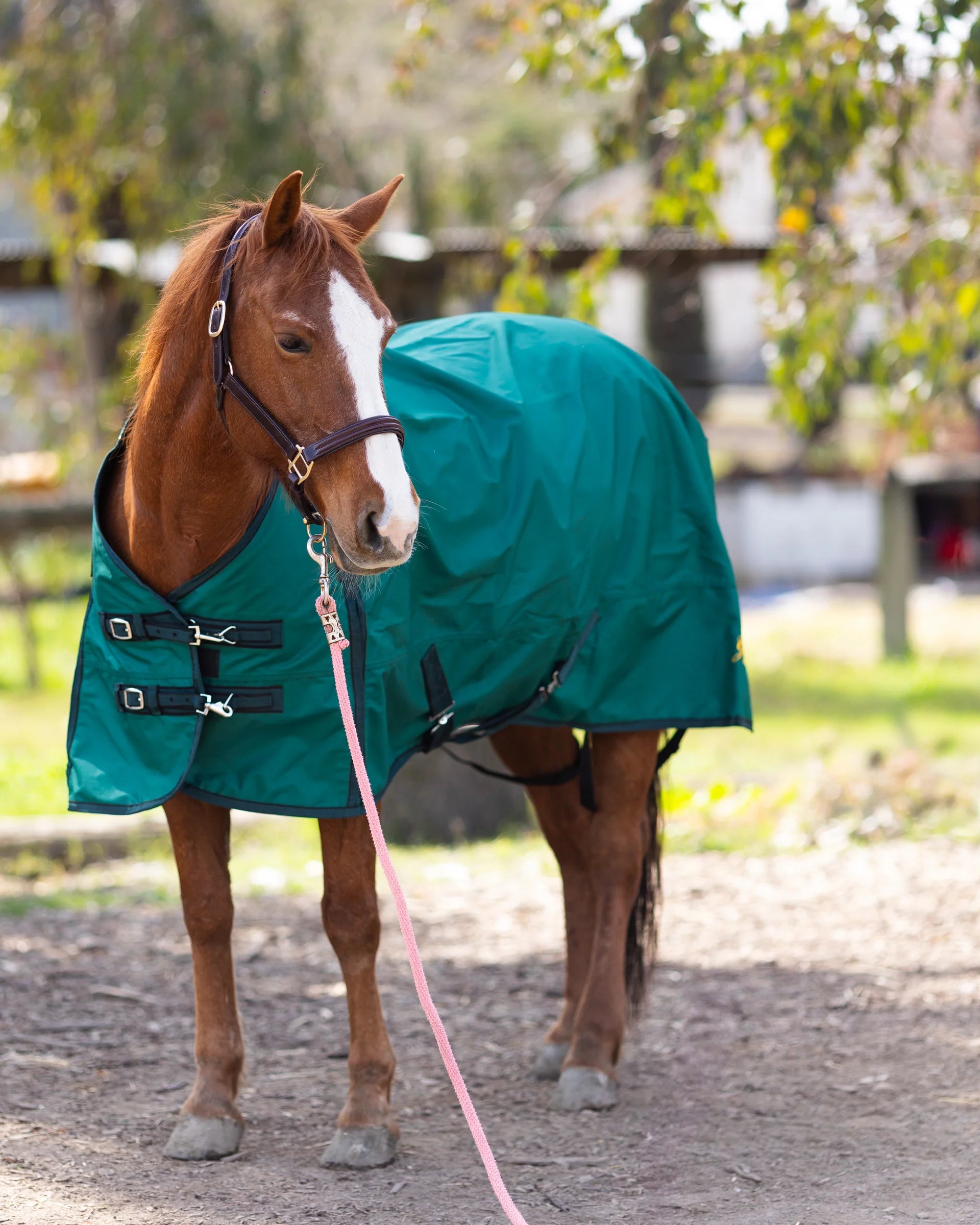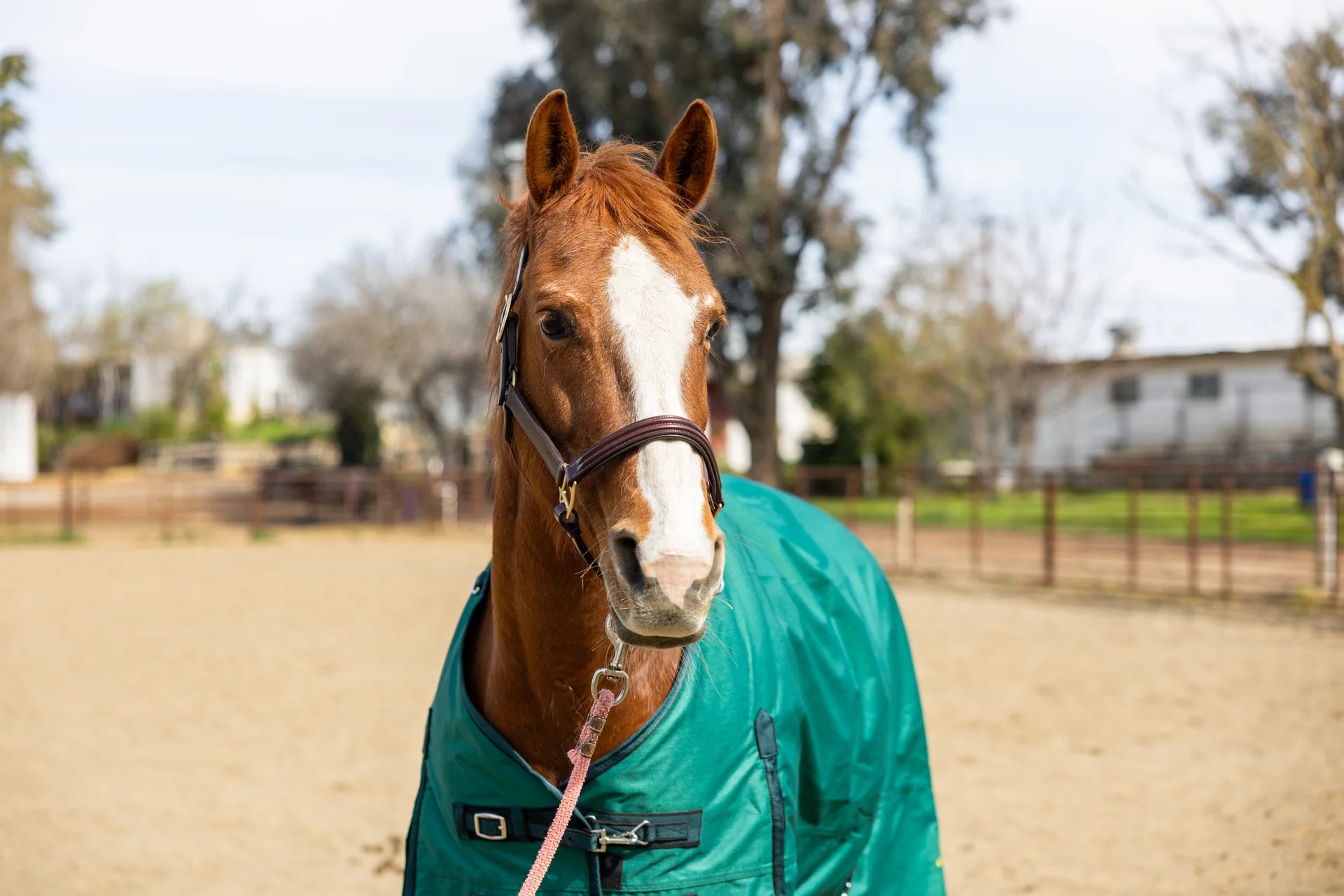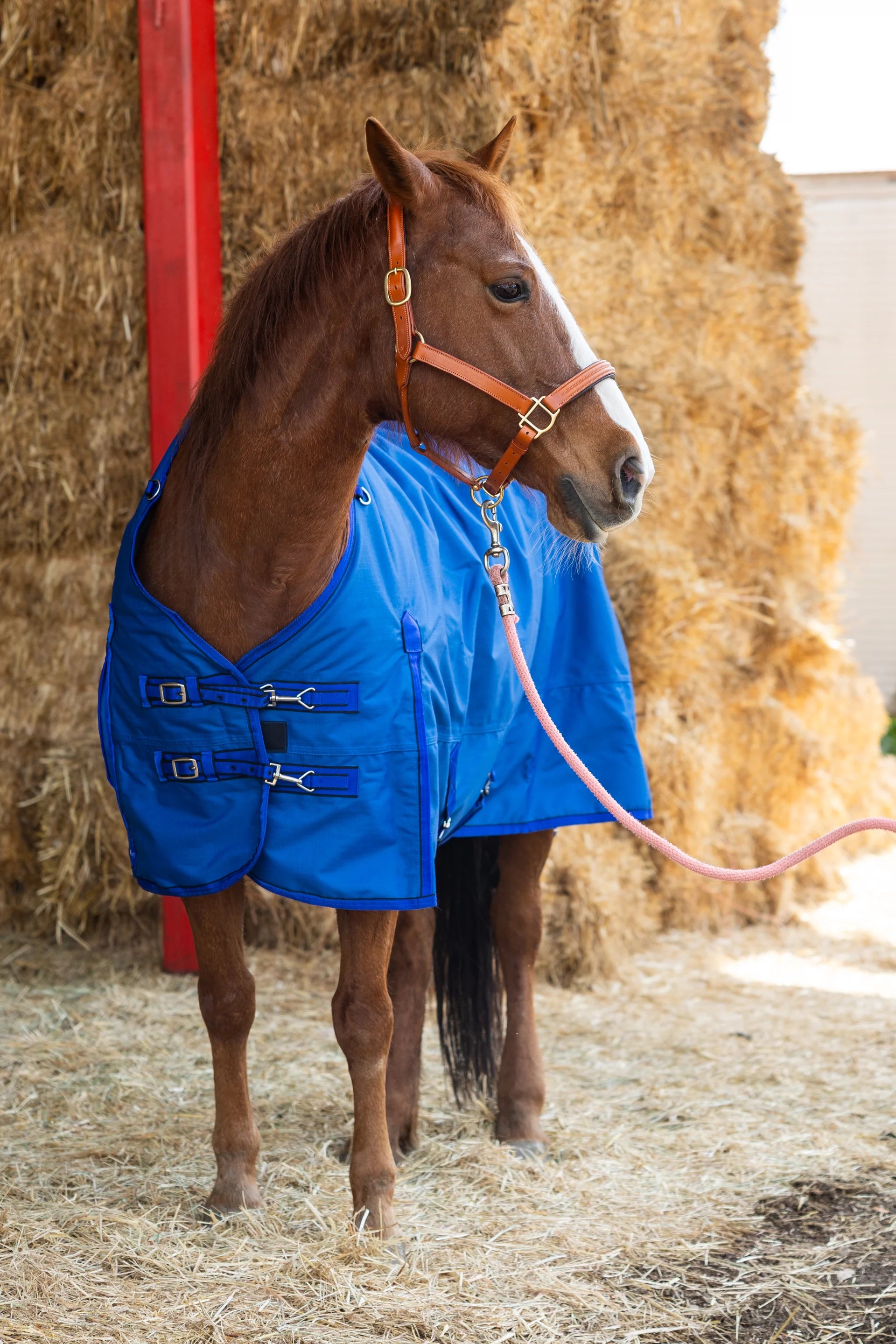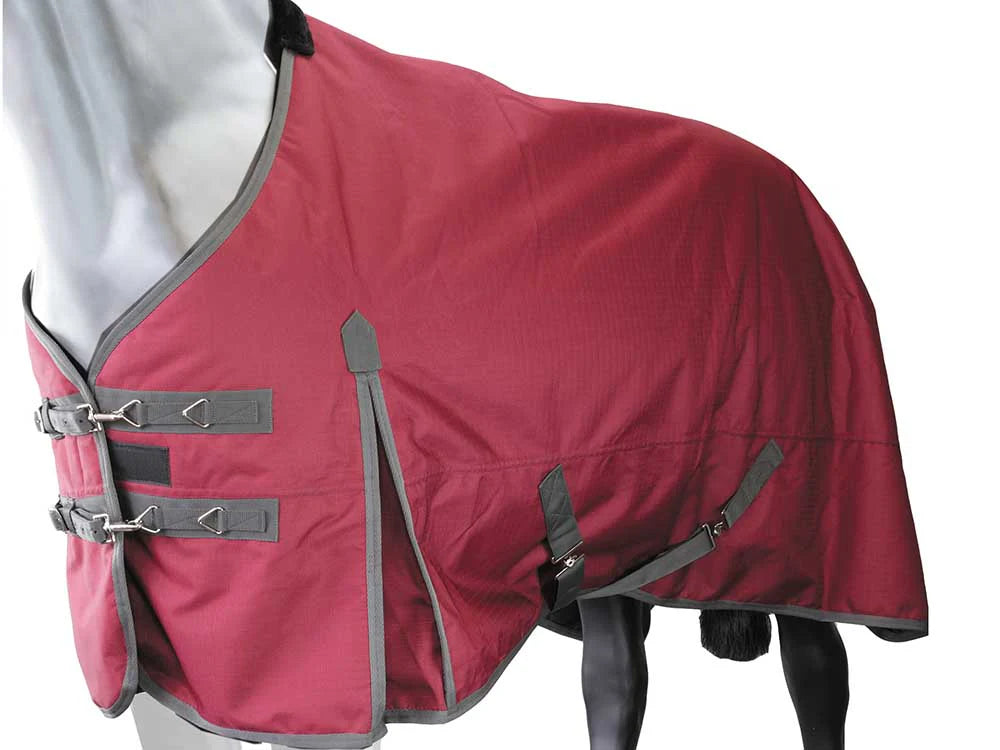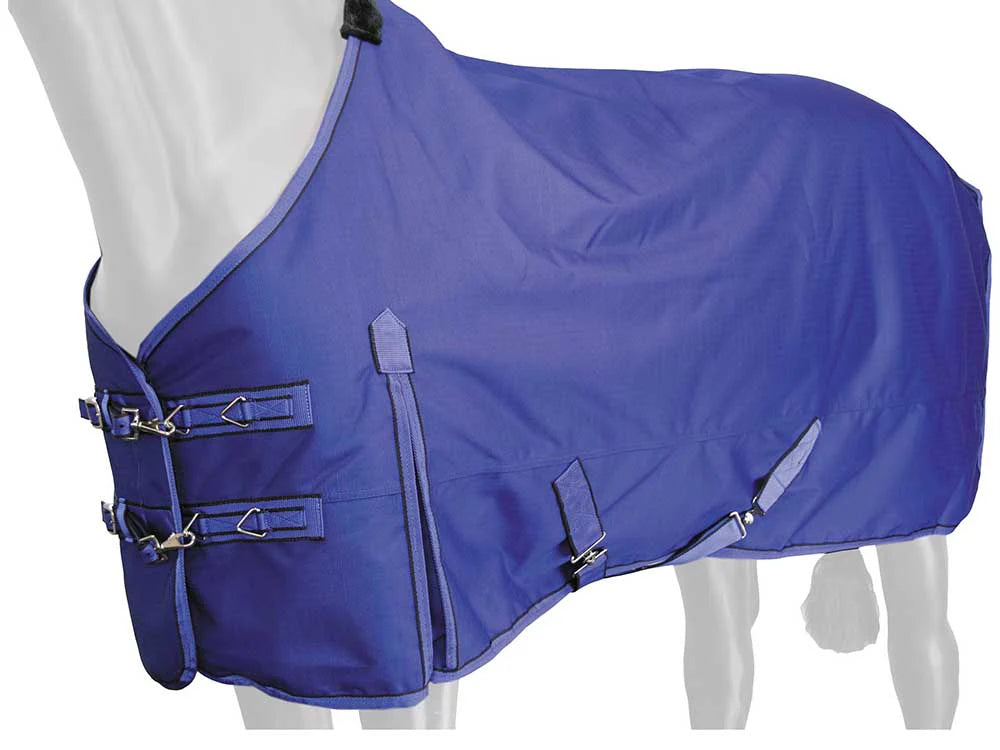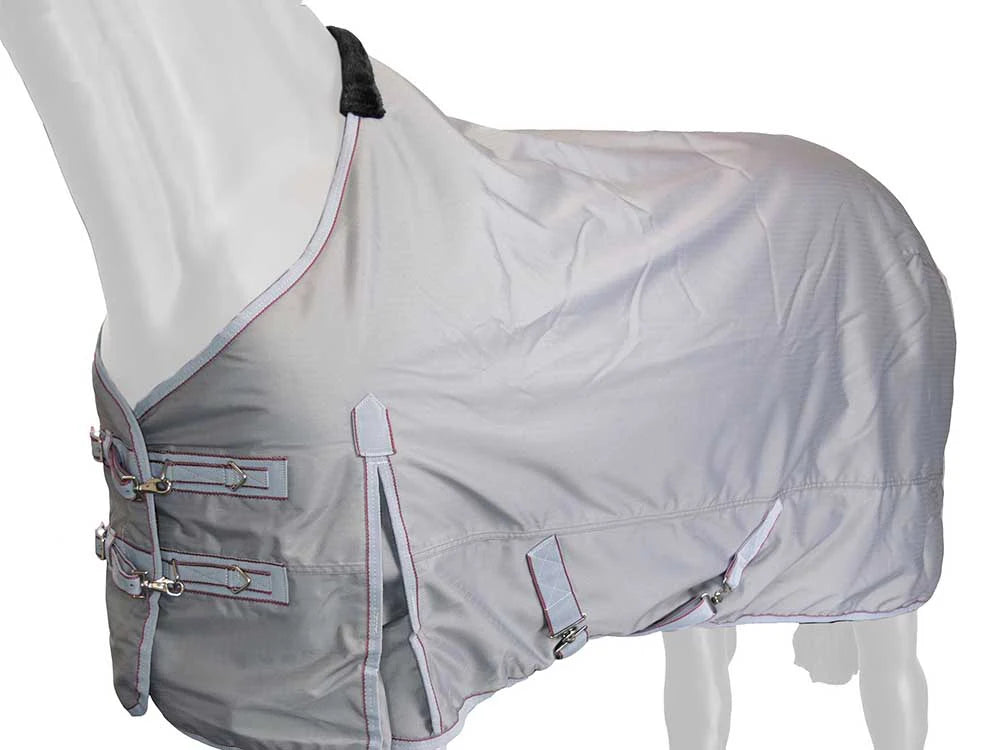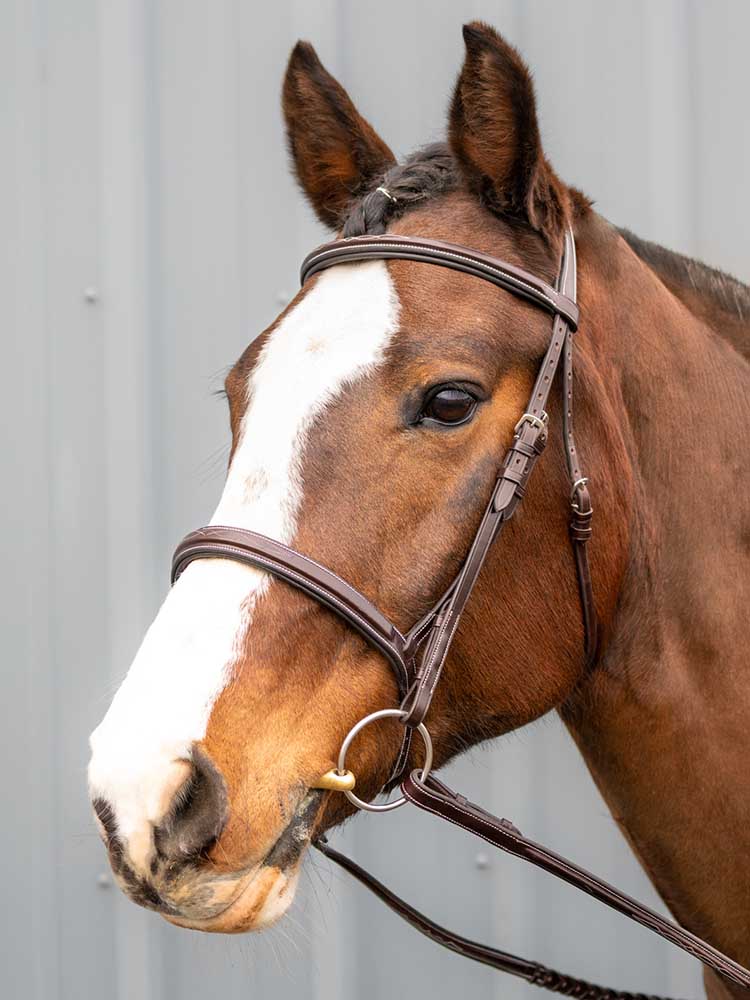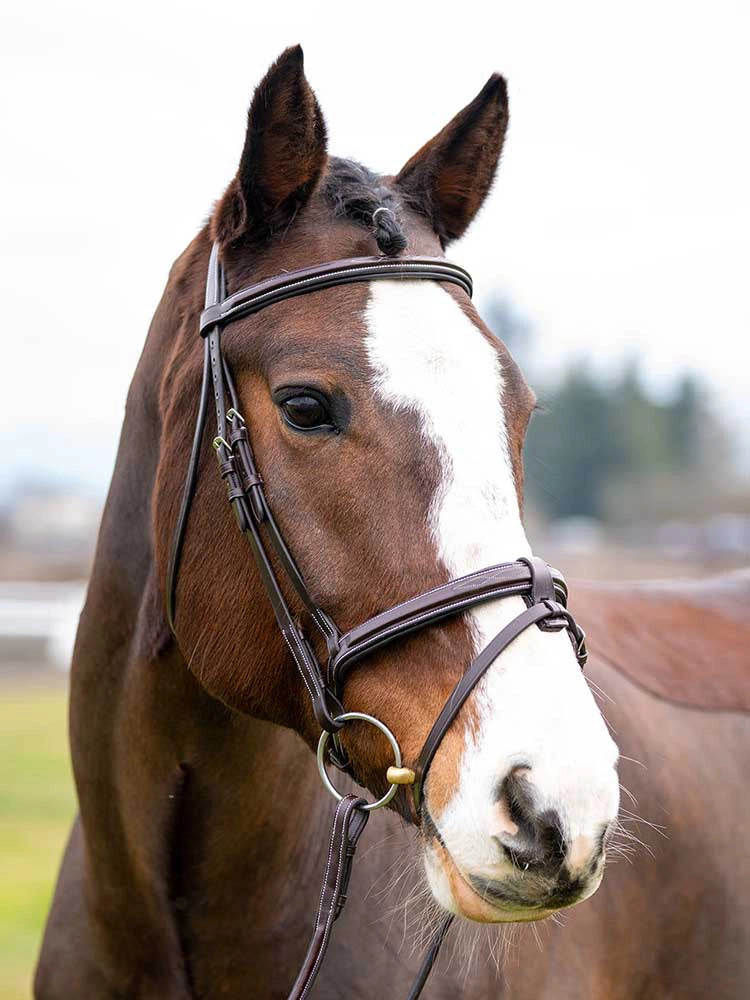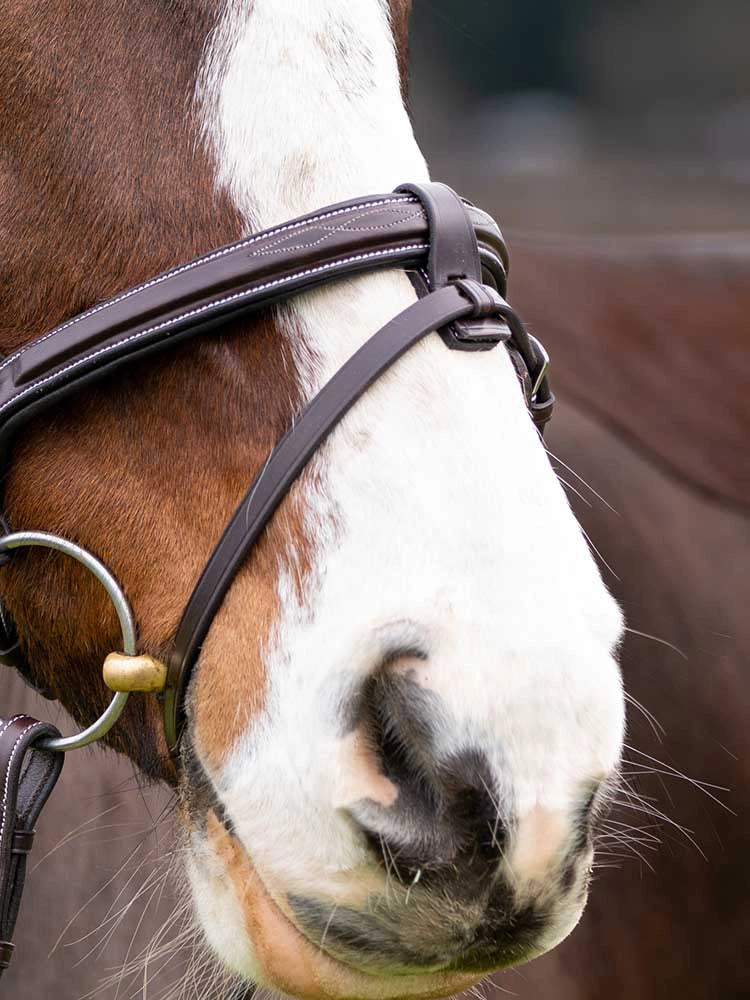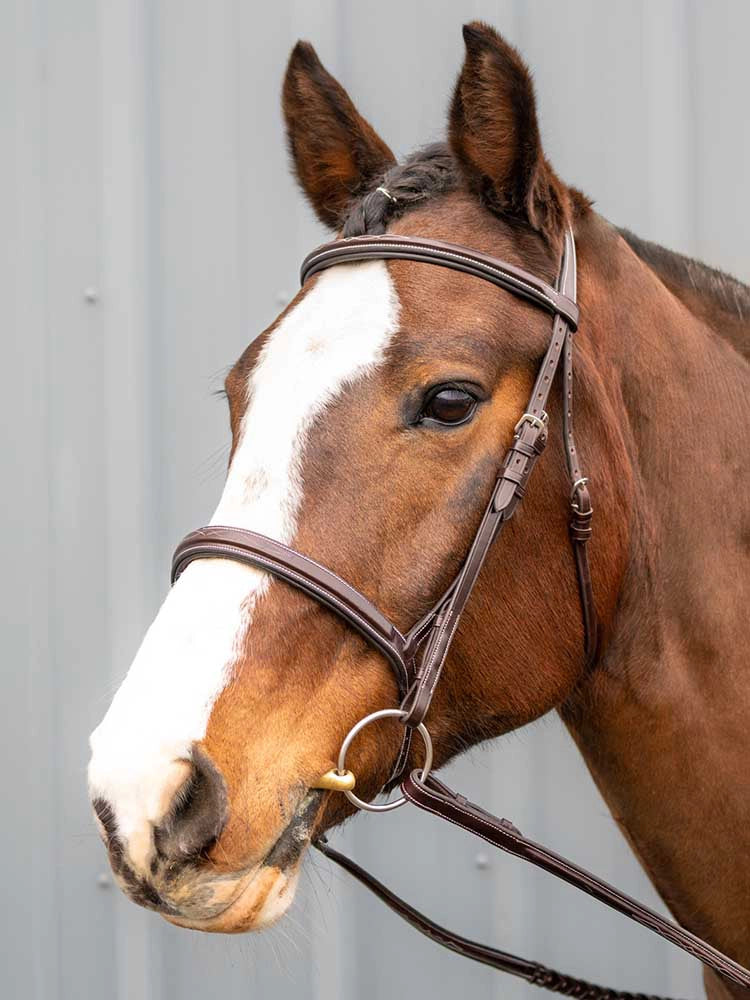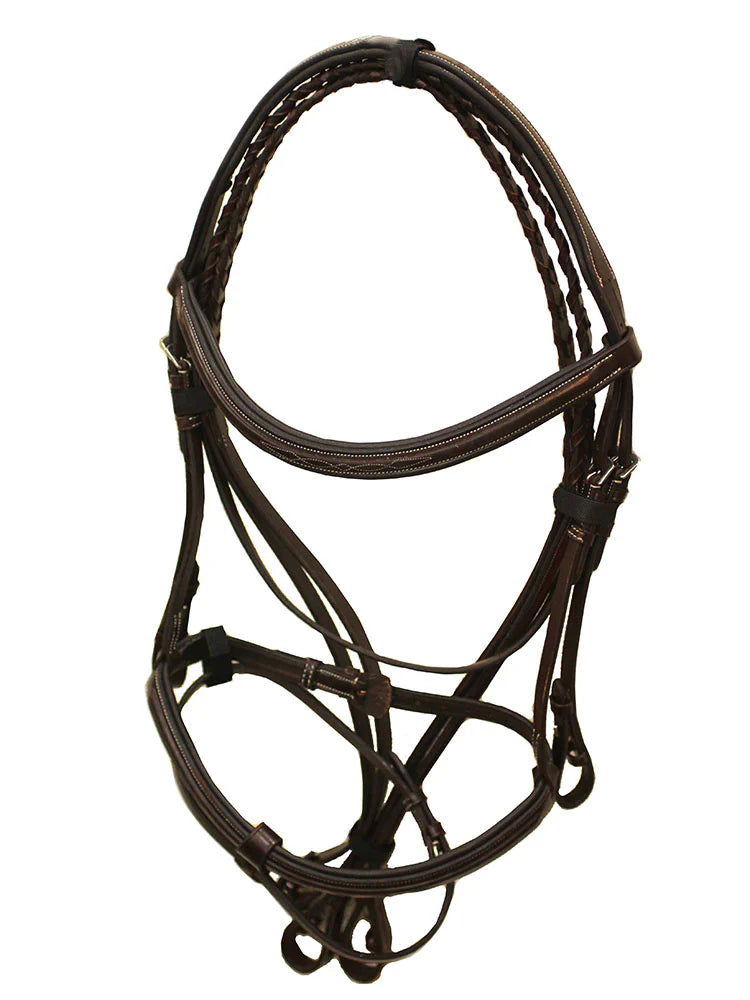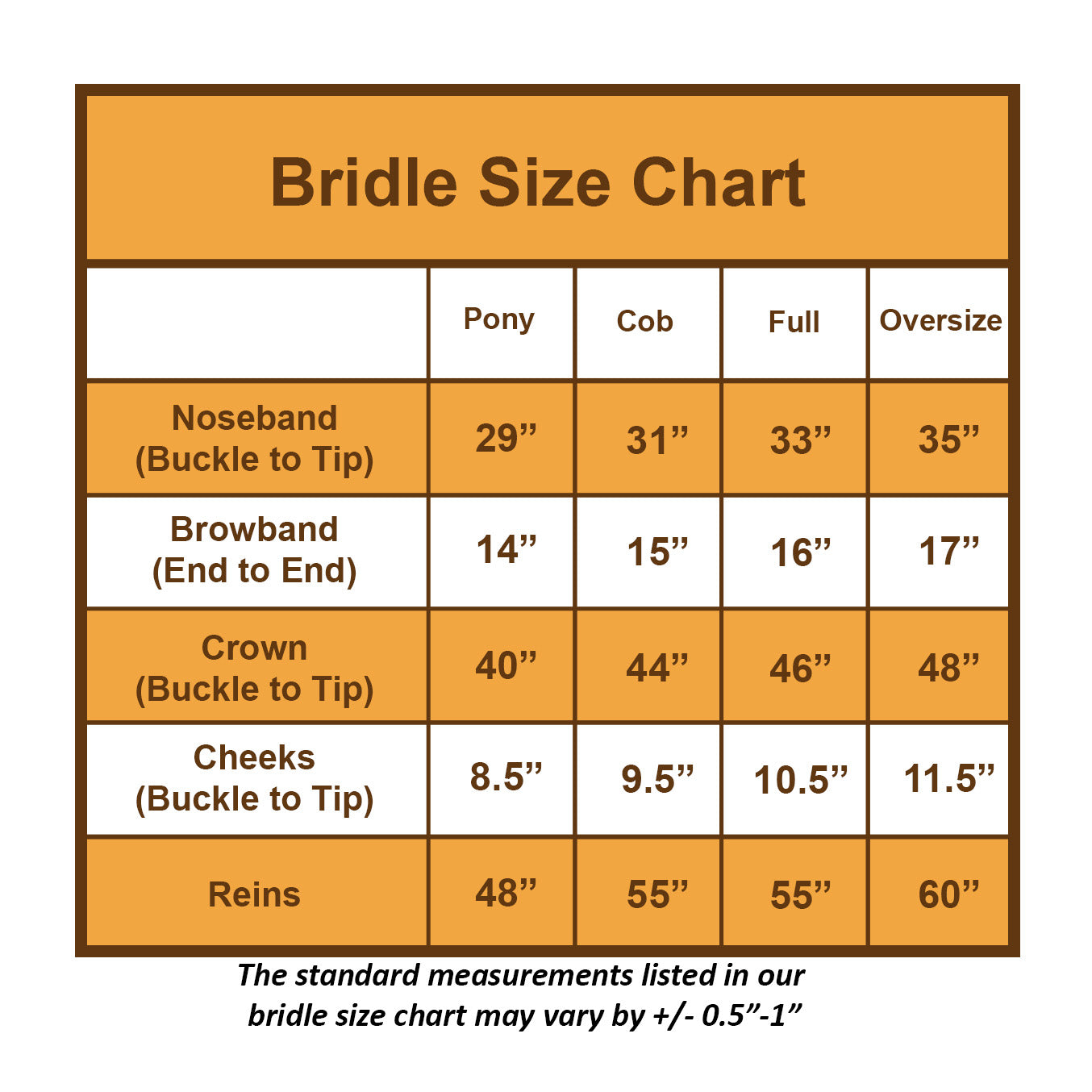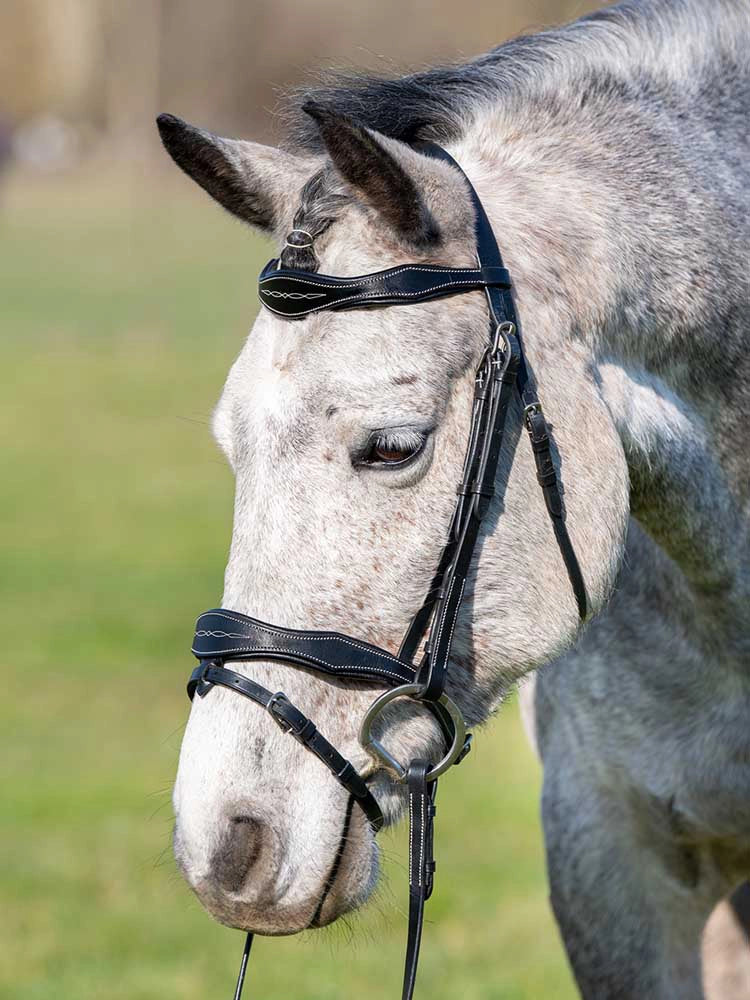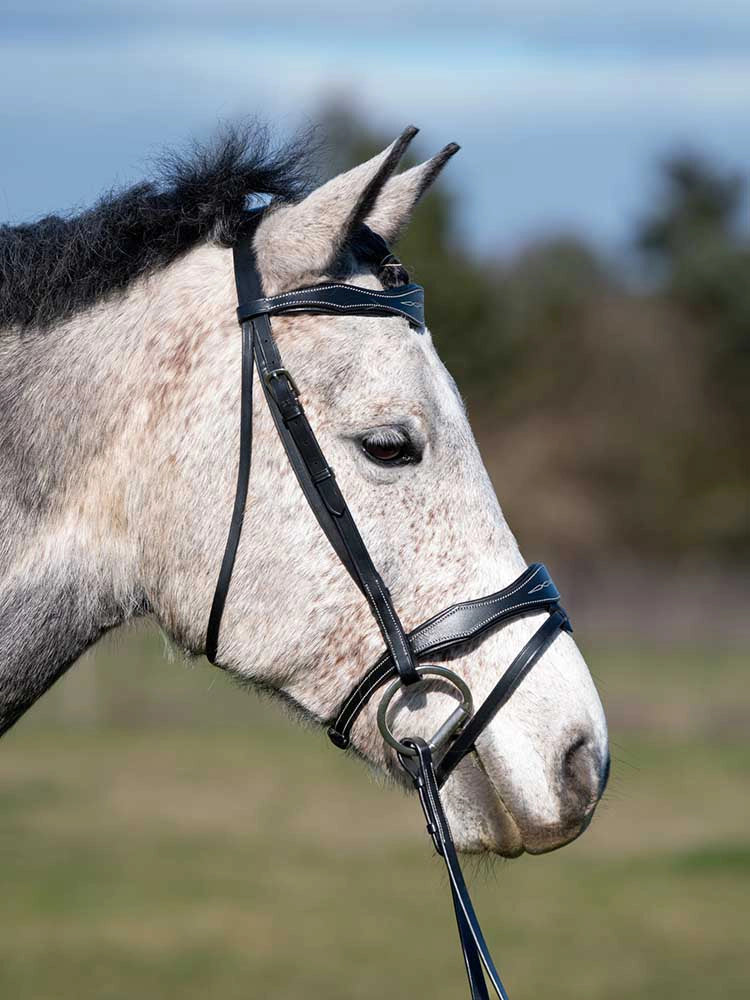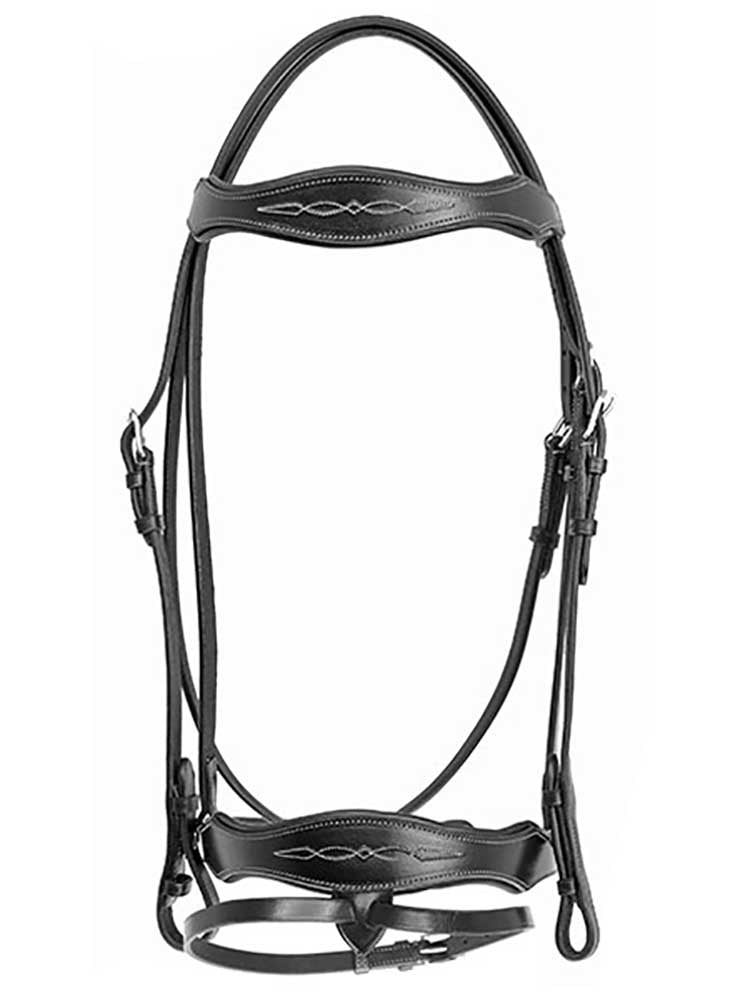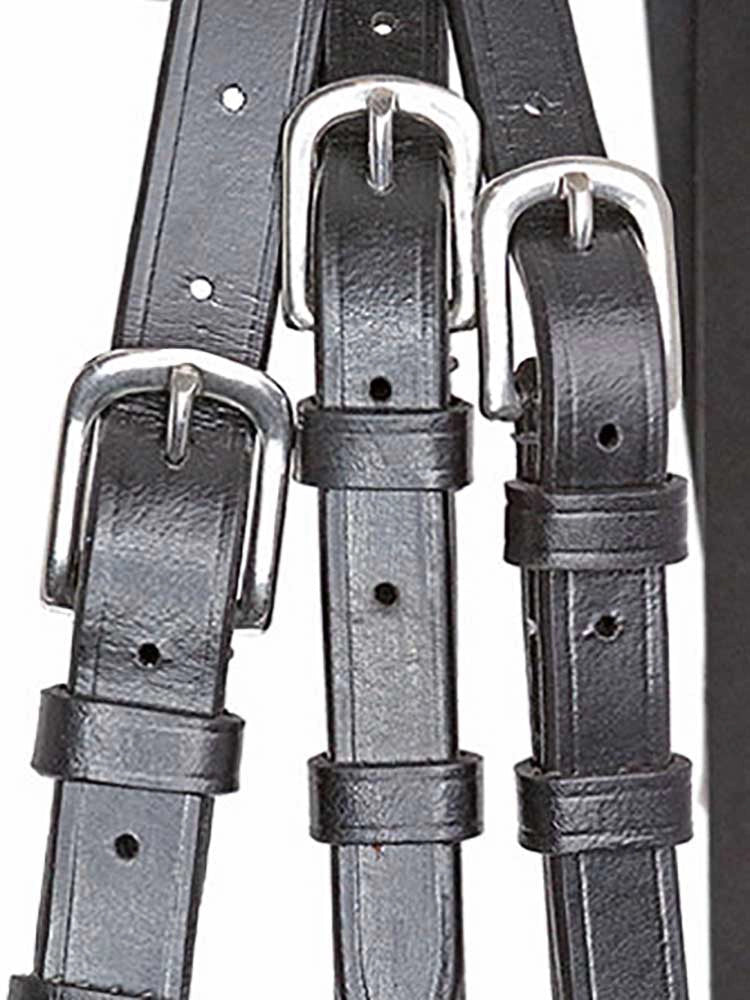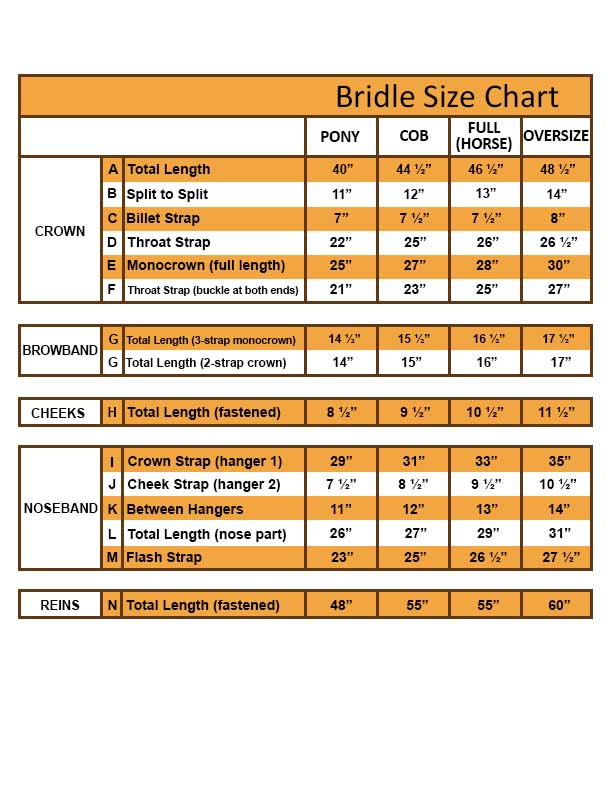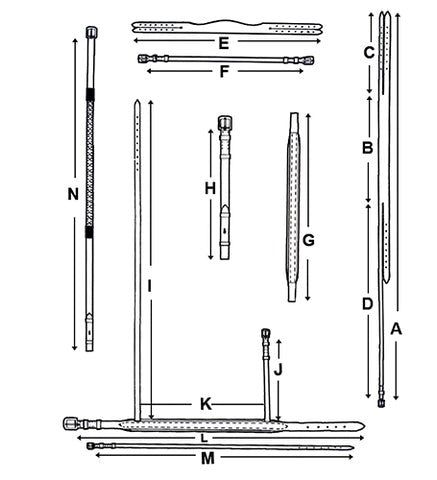A new pair of leather riding boots feels like a fresh start. They’re stiff, shiny, and full of potential. But if you’ve ever tried riding in them straight out of the box, you know it can also mean sore ankles, blisters, and pinched calves. Learning how to break in riding boots the right way makes all the difference.
At Grewal Equestrian, we design boots to mold beautifully to your foot and leg over time. Still, even the best-made leather needs a gentle introduction to your routine. Here’s the best way to break in leather boots without sacrificing your comfort or your ride.
Why Properly Breaking in Boots Matters
High-quality leather boots, like our Women’s Dressage Tall Leather Boots, are built to last for years. But when worn too soon or too long without breaking them in, even the finest leather can rub and cause blisters. A step-by-step break-in approach not only reduces discomfort but also helps your boots adapt to the unique shape of your legs, ankles, and heels.
What You’ll Need to Break in Boots
Before starting the break-in process, gather a few essentials:
-
Thick, breathable socks
-
Leather conditioner
-
Boot stretch spray or boot stretchers
-
Bandages or blister pads
Pro tip: Store and transport your boots in the Grewal Equestrian Signature Boot Bag to keep them protected between wears.
Step-by-Step: Best Way to Break in Leather Boots
1. Start Indoors with Short Sessions
Begin wearing your new boots at home with thick socks for 30 to 60 minutes a day. Walk around the house, do light chores, or stand in a riding position to begin softening the leather naturally with body heat and movement.
Need a productive task while breaking them in? Groom your horse using our best-selling Wonder Grooming Glove - a great way to pass the time while keeping your hands and horse happy.
2. Transition to the Barn Gradually
Once your boots begin to feel more flexible, wear them to the barn for light chores and eventually short rides. Walking on different surfaces helps the soles mold to your step, while time in the saddle encourages the leather to adjust to riding posture.
We recommend trying this with our Zip-Up Leather Paddock Boots or the more budget-friendly Synthetic Leather Paddock Boots. They’re both designed with rider comfort in mind.
3. Gently Stretch Tight Areas
For boots that feel snug at the ankle or calf, use:
-
Boot stretchers overnight
-
Boot stretch spray on specific pressure points
-
Manual flexing at natural crease points
Never over-bend or apply heat as it can damage the integrity of the leather. A more structured option like our Lace-Up Leather Paddock Boots can give you more control over fit while still allowing for natural shaping during the break-in phase.
4. Condition the Leather Regularly
As you wear your boots, apply a high-quality leather conditioner to keep the material soft and flexible. Pay close attention to the heel, toe, and ankle areas where the most friction occurs. Let the conditioner soak overnight and buff away any excess before your next wear.
This is especially important for premium boots like our Montana Country Tall Work Boot, which are built from full-grain leather that responds beautifully to regular care.
5. Protect Your Feet During the Process
Even with a gentle break-in, some discomfort is common. Protect your feet with:
-
Padded or double-layer socks
-
Bandages or blister patches on known rub zones
-
Heel grips or insoles if you feel your foot shifting
For extra control in the reins while your lower legs adjust, try the Isabella Riding Gloves. It’s a fan favorite for their sleek design and touchscreen compatibility.
When Are Your Boots Fully Broken In?
Your boots should feel snug but not tight, supportive without causing pain. Key signs include:
-
No more rubbing or hot spots
-
Easy flexing at the ankle
-
Natural drop in the leather shaft
-
Stable heel contact and ankle support during rides
Once you reach this point, your boots are ready for regular schooling and show use.
Find the best riding boots at Grewal Equestrian
If you’re wondering how to break in riding boots without discomfort, the answer is simple: patience, protection, and proper care. The best way to break in leather boots is slowly and strategically, letting the material soften around your movement and riding habits.
At Grewal Equestrian, we believe every rider deserves boots that look stunning and feel even better. Take the time to let them settle and they’ll reward you for miles to come.

